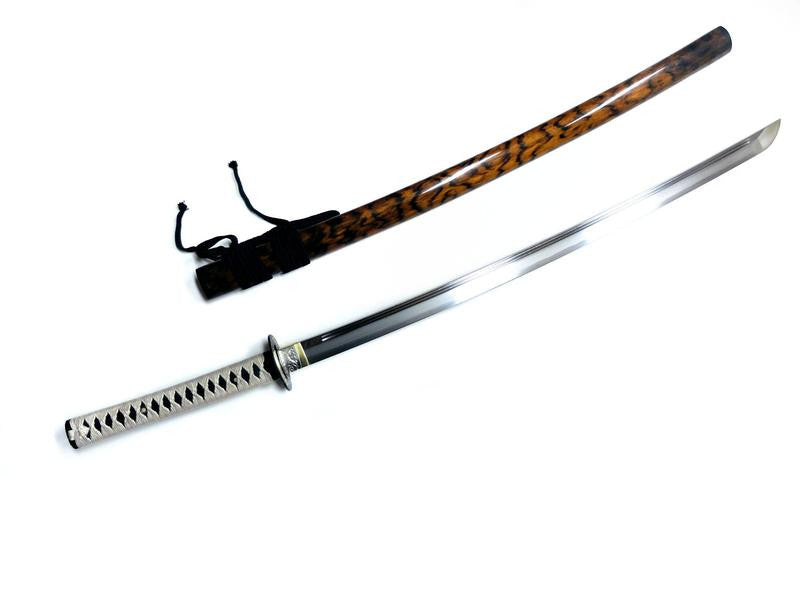Your Cart is Empty


With its medium-length curved steel blade, the Japanese Katana is arguably the world's most recognized sword. It's become the preferred choice among sword collectors and martial arts practitioners alike. So, what makes the Japanese katana such a prized sword?
Overview of the Katana
The katana is a traditional Japanese sword that was used by samurai warriors during the country's feudal period. It's characterized by its curved, single-edge blade, usually accompanied with a hand guard. While the katana's blade length has alternated throughout history, most are between 23 5⁄8 to 28 3⁄4 inches (60 to 73 cm).
Origins of the Katana
The katana has origins dating back to Japan's Jōkotō period (through 900). However, it wasn't until the Kotō period (900 to 1596) when the word "katana" was first recognized. During this time katana was used to describe a long sword that differed from the region's existing tachi.
Historians believe that Japanese swordsmiths shifted the design of their swords in response to Mongol invasions. When the Mongol's invaded Japan, Japanese samurai warriors discovered their blades were breaking and chipping when used against the Mongols' thick leather-boiled armor. To overcome this challenge, Japanese swordsmiths changed the design of the tachi by making it thicker and stronger; thus, allowing for the development of the katana.
Samurai warriors didn't wield only the katana, however. Additionally, they often carried a smaller companion blade like a tanto or wakizashi. The general idea is to use the smaller blade for close-quarter combat or in scenarios where the katana was inaccessible. Wielding two weapons such as this was known as daisho, and it represented social power and honor among samurai warriors.
Production
The katana receives its distinct curved edge through a swordmaking process known as differential heat treatment. Through trial and error, Japanese swordsmiths discovered that by allowing different parts of the blade to cool at different temperatures, it creates a superior level of strength while also giving the sword a curved edge. Clay, for instance, would be applied to the katana's spine, after which both the edge and spine were quenched with a cooling liquid. Because the spine was covered in clay, however, it cooled more slowly than the edge -- and this is why the katana has a curved blade of superior strength.
Martial Arts Usage
Not surprisingly, the katana is used in a wide variety of Japanese martial arts, some of which include Iaijutsu, battōjutsu, iaidō, kenjutsu, kendo, and Tenshin Shōden Katori Shintō-ryū.